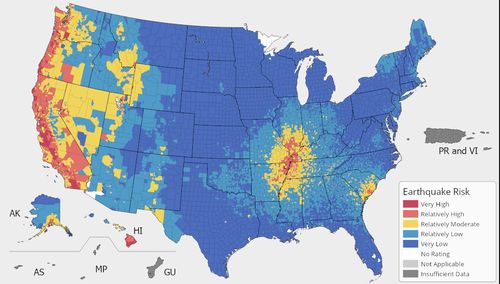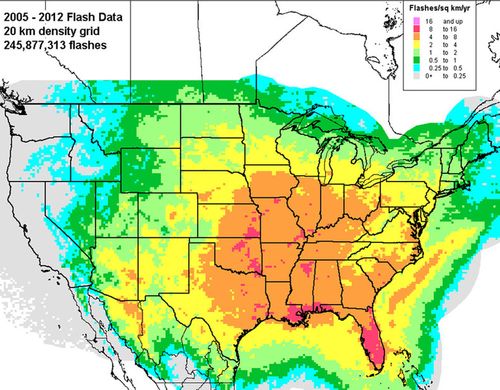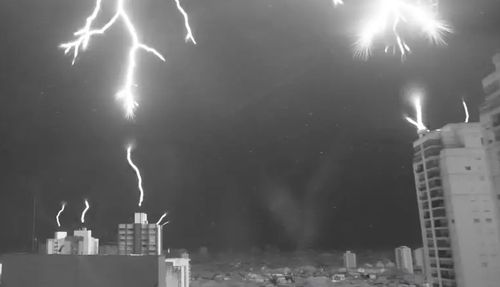14 Aug August 2023: Lightning

Number 114, August 2023
We are now on Instagram.
https://www.instagram.com/willissinclairhomes
Check out our projects!
George’s birthday cake

We celebrated George’s 7th birthday towards the end of July. His cake was amazing. It consisted of nine train cars which were embellished a bit as you can see in the photo. The cars were on an iced sheet cake. (George is Willis’ youngest son)

From the Desk of Bill
July 23, 2023 –
As you may or may not know, Kandy and I have a rather large family. For the past 55 years, we have used special days as an excuse to celebrate. With 8 children and 38 grandchildren, son-in-laws and a daughter-in-law, we have many occasions to celebrate — about 50 times per year.
Since we believe that our children and grandchildren are our best investment, we make a big deal out of special days. Our children have continued that tradition as they raise their families. It is not just us that think children are a valuable asset — just look at how many are trying to steal them or fill their young impressionable minds with drivel and sometimes just pure evil nonsense.
We even started a tradition of celebrating our family (on our anniversary in September) by exchanging gifts like many do at Christmas. It has been fun watching the children and grandchildren grow.
How about you? What special celebrations have you started with your family? Your children or grands or great-grands might really enjoy any reason to celebrate.

Will
Although, not officially an employee yet, Will helps on job sites a day or so per week.
Since he is homeschooled, his education is flexible so he can begin to watch projects unfold.
Will is the third son of Willis and Debby. He is a hard worker and quick to help out whenever he sees a need.
He also does a number of projects at home. If you have visited Colleton Coffee, Mandy & Jessy’s coffee shop in Walterboro, you have seen some of his work. He helped with the book cases and cabinets. There are more coffee shop shelves in the queue for him and a kitchen island for us.
Lightning – How Does That Strike You?
There are a number of powerful natural forces here. Probably the first one that comes to mind is hurricanes. They are powerful and are the reason the building code requires very robust construction. Hurricanes bring strong wind and considerable rain. When the ground gets super saturated with rain water and strong winds blow, trees that have stood for decades are at risk. It is not uncommon for hurricanes to spawn tornadoes which can have much higher winds than a typical hurricane.
Earthquakes are another powerful force that could strike our area. The Charleston area is an active earthquake risk area.

Earthquake Risk Map
The west coast of America and the middle Mississippi River valley have high risk of earthquakes. If you look at the map, you will also see Charleston, South Carolina has some red indicating it is a high risk area.
As with hurricanes, our building code takes our location into account and requires buildings which will withstand (some) earthquakes. Sometimes you hear about shear walls being required, particularly when an outside wall has a lot of windows. Shear walls protect the home from (too much) damage if it’s shaken side to side as often happens with an earthquake.
Still another natural force in our area is a bit more common than hurricanes or earthquakes. It is lightning. Again, we are in an area that experiences a number of lightning strikes — not the worst area, but still an area where lightning is common.

Lightning Risk Map
Our area is in the orange (and maybe red) indicating roughly 20 lightning strikes per square mile (8 per square km) every year.
To compensate for being in an earthquake or hurricane zone, homes are required to be built stronger and anchored well. How about to mitigate lightning risks?
First, a few words about lightning. A lightning bolt is basically a static electricity discharge. It can go from cloud to cloud or from cloud to ground. The cloud to cloud discharges don’t affect you unless you are in an airplane. Roughly 80% of the lightning discharges are cloud to cloud.
The remaining 20% of lightning strikes, the cloud to ground strikes, are the ones that put us at risk. As particles (moisture) move through the air, static electricity builds much like walking on a nylon carpet when the humidity is very low. The electrical charge keeps building until it finds a place to discharge.
Naturally it seeks the closest, easiest place much like we humans often do. That means it is typically a tall object that is the likely candidate. That is why you are told if you are in a field during a lightning storm, don’t seek shelter under a tall tree. That is also why you don’t want to be under an umbrella with a metal tip or holding a metal golf club erect during a thunderstorm. You don’t want to be near the tallest object during a thunderstorm.

The camera that shot this lightning strike was able to take 40,000 shots per second (A motion picture camera typically takes about 24 shots per second by comparison.) As the charge builds in the clouds, streamers are going up from the ground to connect with them. This happens much faster than the eye can see. That makes this truly an amazing photo.
Lightning rods, one of the inventions of Ben Franklin, are a way to deal with lightning. A lightning rod provides a very low (electrical) resistance to ground. The rod is connected to ground rods using heavy stranded, usually copper, wire.
When a lightning strike occurs, extremely high current (maybe 30,000 amps) flows. (A typical home we build has a 400 or 600 amp service to run everything.) To calculate how much power (P) is dissipated, you multiply the square of the current (I) times the resistance (R) to ground: P = I^2 R.
Current squared (I^2) for 30,000 amps would be 900,000,000 amps squared. If R, the resistance to ground (through your home for example) is 100 ohms, The power your home would dissipate would be about 90,000,000,000 watts. That is enough to cause lumber to burst into flames instantly.
Sadly, in the photo, the lightning struck a chimney on the building instead of the lightning rods and did major damage.
Lightning protection can be installed on completed homes, but is better installed during construction. Lightning rods don’t attract lightning strikes, but rather repel them. However, they do provide a (relatively) safe path to the ground if lightning should strike them.
If you have any questions, call or text (843 846 2500), email (info@willissinclair.com), stop by one of our job offices or flag us down if you see us. We can help. No cost or obligation to you, of course.





No Comments